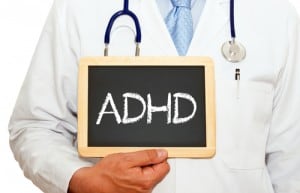
The researchers analyzed data from the National Survey of Children’s Health, which was conducted by the CDC’s Center for Health Statistics. The survey, undertaken in 2003, 2007, and 2011, asked parents if a healthcare provider had ever told them that their child had ADHD. Children between from ages 5 to 17 were considered in the study.
In 2011, 12 percent of children had received a diagnosis of ADHD, compared to just 8.4 percent of children in 2007. The data demonstrated increases in prevalence in certain key demographics:
- Diagnoses among Hispanic children increased by 83 percent.
- Diagnoses among females increased by over 50 percent. Just over seven percent of females were diagnosed with ADHD. In comparison, diagnoses increased by about 40 percent among males.
- Diagnoses among adolescents aged 15 to 17 increased by 15 percent.
The findings may be due, in part, to a better understanding of how ADHD manifests in different groups. For example, the symptoms of ADHD in females are expressed differently than in males. The research also found that a number of other factors influence whether a child receives a diagnosis, including language, poverty level, and parents’ marital status.
The researchers explained that ADHD prevalence is a growing issue in the United States, stating “While the reasons for this increase in prevalence remain unclear, ADHD diagnoses, treatment and service utilization represent a growing economic cost to the United States and merit continued monitoring.”
This research is published in the Journal of Clinical Psychiatry.



 © 2025 Unyte Health US Inc.
© 2025 Unyte Health US Inc.